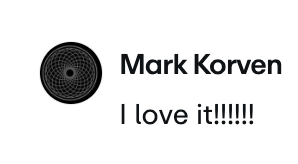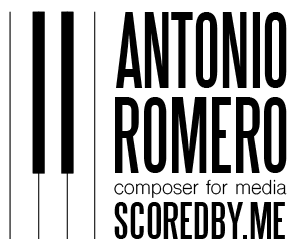Building my own version of the Apprehension Engine has been one of the most rewarding creative projects in my sonic journey. The original instrument, conceived by composer Mark Korven and crafted by luthier Tony Duggan-Smith for The Witch, was designed to break free from the conventions of traditional harmony and digitally produced sound. Inspired by its mechanical elegance and sonic unpredictability, I decided to build a version from scratch—an experiment that evolved into a trusted sound companion over the years.
Expanding My Sonic Palette
The instrument itself is a fascinating hybrid: part stringed device, part percussive sculpture, assembled with bowed rods, metal rulers, and spring reverb tanks that each contribute unique overtones and textures. By equipping mine with contact microphones, I’ve been able to explore every whisper of resonance and metallic friction, capturing sonic moments that shift between fragile tones and chaotic drones.
Sound Design and Processing
Running the raw sounds through analog guitar pedals has become a ritual in my workflow. Overdrive, delay, and spring reverb open up a vast landscape of possibilities—turning what begins as a creak or scrape into immersive drones and tactile percussive pulses. With every session, it surprises me anew; no two performances ever sound alike.
Years of Inspiration
I’ve been using this handmade Apprehension Engine for years on many film scores, and I still enjoy it every single time. Whether as a subtle, evolving undercurrent or a centerpiece for atmospheric tension, it has become an organic extension of my sound design practice—a source of character and unpredictability that digital tools can’t emulate.
A Full-Circle Moment
One of the most memorable moments with this project came when Mark Korven himself commented on one of my posts about it. It was surreal to have the inventor of the original Apprehension Engine notice my homage and experimentation. It felt like a nod from a creative pioneer whose philosophy—embracing imperfection, texture, and raw emotion—has deeply influenced how I think about sound.

The Apprehension Engine remains a reminder that great sonic design starts with curiosity. It’s not just an instrument—it’s a laboratory of tension and discovery, a space where chaos and control constantly reshape one another.
